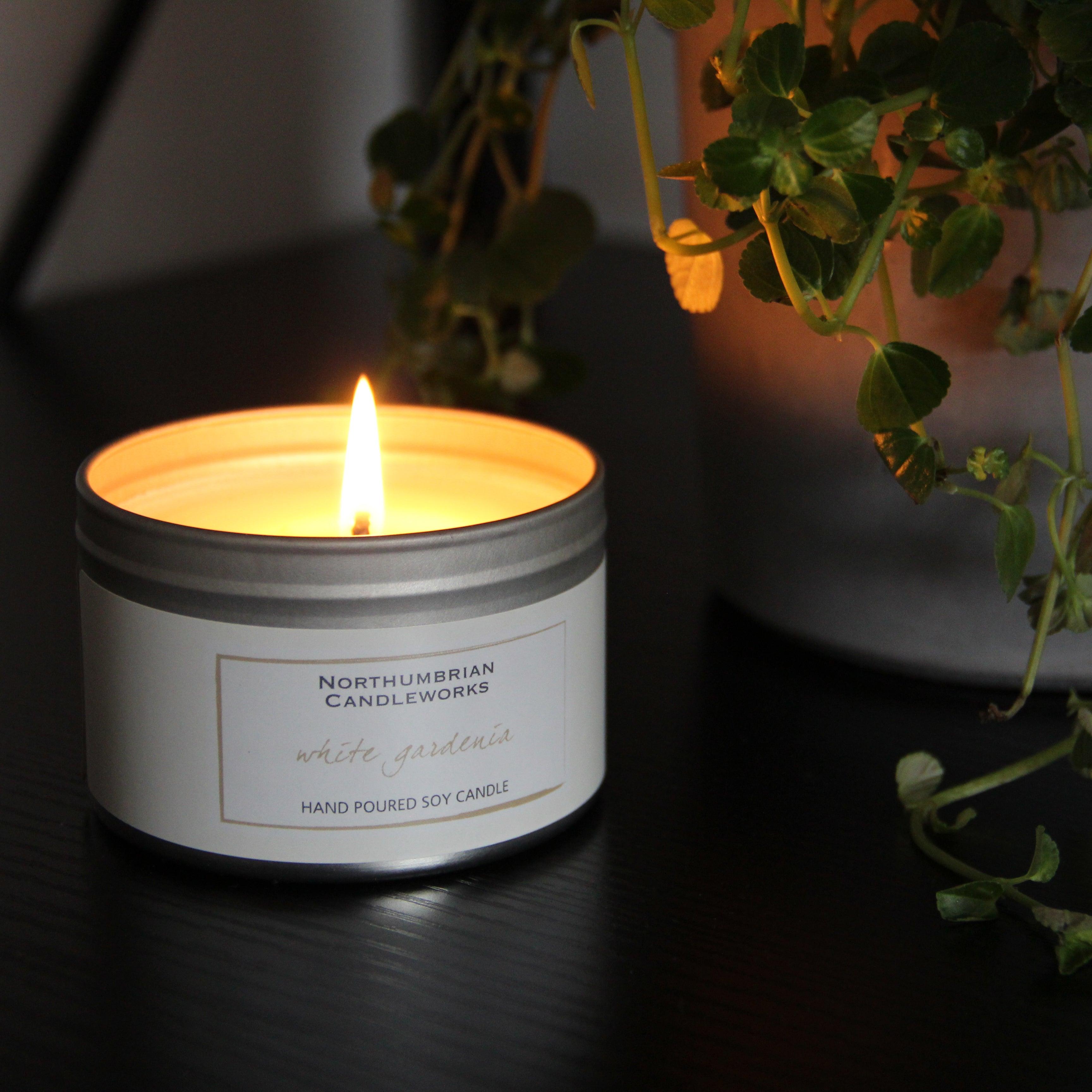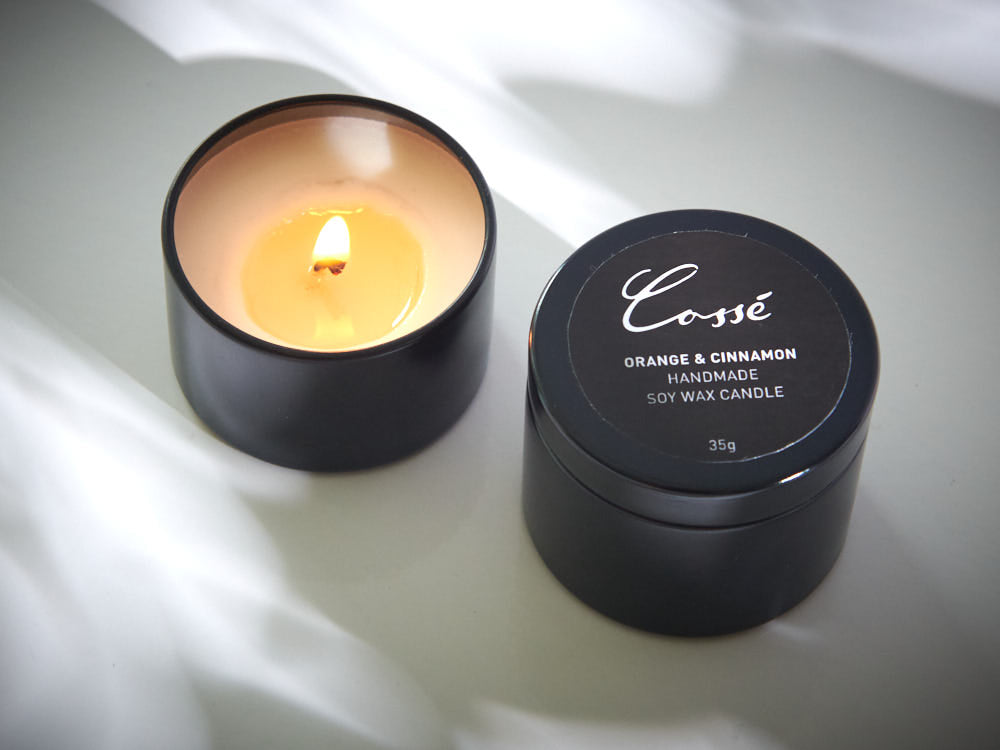Shop Sustainable Soy Wax Candles and Home Fragrance Collections
Shop Sustainable Soy Wax Candles and Home Fragrance Collections
Blog Article
From Wick to Wax: Comprehending the Chemistry Behind Soy Wax Candles and Their Environmental Effect
As we brighten our rooms with the cozy glow of candle lights, there lies a world of intricate chemistry behind the seemingly easy act of lighting a soy wax candle. Join us as we untangle the scientific ins and outs behind soy wax candle lights and explore their effects on our environment.
Soy Wax Vs. Paraffin Wax
When contrasting soy wax and paraffin wax for candle production, it is important to recognize the distinct qualities and advantages of each material. Soy wax is a natural, renewable resource stemmed from soybean oil, making it naturally degradable and eco-friendly - crystal soy candles. In contrast, paraffin wax is a by-product of petroleum refining, which increases problems about its ecological effect and sustainability
Soy wax candle lights melt cleaner and release much less residue compared to paraffin wax candles, making them a much healthier choice for interior air top quality. Furthermore, soy wax has a reduced melting factor, permitting a longer-lasting candle that distributes fragrance better. Paraffin wax, on the various other hand, tends to burn faster and much less cleanly, possibly launching harmful chemicals right into the air.
From a sustainability viewpoint, soy wax is preferred for its biodegradability and eco-friendly sourcing, lining up with the expanding customer choice for environmentally mindful items. While paraffin wax has actually been a conventional choice in candle light making due to its price and convenience of usage, the shift towards green alternatives like soy wax is getting momentum in the industry.
Chemical Composition of Soy Wax

Combustion Refine in Soy Candles
The chemical make-up of soy wax directly influences the burning process in soy candle lights, impacting factors such as melt time, fragrance release, and environmental effect. When a soy candle light is lit, the warmth from the flame thaws the wax near the wick.
The combustion performance of soy candle lights is affected by the purity of the soy wax and the quality of the wick. In addition, soy wax candle lights have a reduced environmental effect contrasted to paraffin candles due to their renewable and eco-friendly click here for info nature.

Ecological Benefits of Soy Wax

Considered a sustainable alternative to standard paraffin wax, soy wax offers noteworthy ecological benefits that make it a prominent choice amongst eco-conscious customers. One significant benefit of soy wax is its eco-friendly sourcing. Soy wax is originated from soybean oil, which is primarily grown in the USA. The cultivation of soybeans aids support regional farmers and minimizes the dependency on non-renewable nonrenewable fuel sources utilized in paraffin wax manufacturing. Additionally, soy wax is biodegradable, implying it breaks down normally without launching harmful contaminants right into the setting. This particular makes soy wax candle lights an extra eco-friendly alternative contrasted to paraffin wax candles, which are made from petroleum, a non-renewable source. Soy wax burns cleaner and generates less soot than paraffin wax, contributing to better indoor air high quality and reducing the requirement for cleansing and upkeep. Generally, the environmental benefits of soy wax align with the expanding need for lasting and environmentally friendly items out there.
Recycling and Disposal Considerations
Recycling and proper disposal of soy wax candles play a crucial role in keeping ecological sustainability and decreasing waste in families and areas. When it comes to reusing soy wax candle lights, the first step is to make sure that the candle has burned entirely.

In regards to disposal, if recycling is not an option, soy wax candle lights are biodegradable and can be securely gotten rid of in many home waste systems. However, it is constantly advised to contact local recycling facilities or waste administration solutions for details guidelines on candle disposal to make certain appropriate handling and environmental defense.
Conclusion
In conclusion, the chemistry behind soy wax candle lights exposes their ecological advantages over paraffin wax candles. Soy wax, stemmed from soybean oil, burns cleaner and creates hop over to here less residue when compared to paraffin wax. The burning procedure in soy candle lights is a lot more efficient, leading to a much longer and more also burn. Furthermore, soy wax is renewable and biodegradable, making it an extra lasting selection for candle manufacturing. Reusing and proper disposal of soy wax candles better contribute to their environmental influence.
When comparing soy wax and paraffin wax for candle production, it is essential to understand the distinctive characteristics and benefits of each product (home fragrance).Soy wax candle lights melt cleaner and produce less residue contrasted to paraffin wax candles, making them a healthier option for indoor air top quality.Considered a sustainable choice to conventional paraffin wax, soy wax uses significant environmental advantages that make it a popular option among eco-conscious consumers. Soy wax burns cleaner and creates less residue than paraffin wax, adding to much better interior air high quality and reducing the requirement for cleansing and maintenance.In verdict, the chemistry behind soy wax candles discloses their environmental benefits over paraffin wax candle lights
Report this page